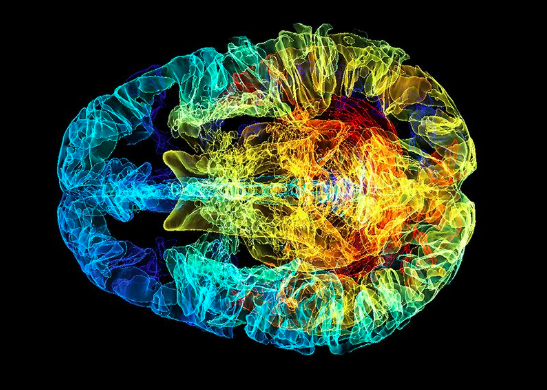
I recently moved to a new city where, for a while, I lived with one of my sisters. Every day, after work, I would watch as she conversed with her children about how their day at school went. She ended each conversation with the question: “Did anybody touch your penis/vagina today?” I remember putting a briefed version of this story up on Facebook and the concerns raised by a few people that my niece and nephew were too young to say penis or vagina. You see, my nephew and niece are only 6 and 2 years old. But I can’t fault my sister. Pick a random day, open a Nigerian newspaper and seven times out of ten, you are going to find a rape report, several times involving babies as young as four months. It is sickening.
But who are these guys. Where do they come from. Do we know them? What motivates them? The problem is, identifying a rapist is a slippery task, because they come in different forms: the thug, the doctor, the stranger, the father. We find them everywhere: in the church, in bus parks, in school, at the hospital; everywhere. And they have different tools: secrecy, violence, deception. But perhaps the rapist’s ultimate weapon is fear.
In my final year at university, I took my first anatomy course on vertebrates where they taught us about certain parts of the human brain. One of my favourites is the minute, almond-shaped amygdala. You see, the amygdala is part of the limbic system – the portion of the brain dedicated to emotions (yes, not the heart as we’ve been made to believe). The amazing thing about the amygdala is its role in perceiving and reacting to our fears and those of others.
The rapist skill is his/her ability to act on and react to fear – what does my victim fear? How do I put them in a situation that amplifies that fear? What do I fear that they might do? How do I avoid this? Although these questions might presume that the sex offender has a larger and more functional amygdala than the average human, it is not so; their adrenal glands (which is not part of the limbic system) might be overworked, but the amygdala’s size remains constant.
The human brain develops through complex interaction between nature (genes) and nurture (environment). Some genes are translated into the proteins that lead to expression of neural patterns (responsible for how we remember and act on memories) in our brain.
While genetic mutations and certain diseases have been linked to psychological disorders, becoming a rapist is not as a result of genetic mutations (to the amygdala or the entire brain), nor is the trait heritable. Although some people are of the opinion that vices run in families but it’s mostly an environment thing, not genetic. The Human Genome Project completed in 2003 identifies at least 20,000 genes and does not recognise a gene for acting on the fear of others.
One day, I watched a man touch a lady’s crotch on the very busy Rumuola road in Port Harcourt; he did not make a run for it even as the woman’s screams attracted passers by. After staring him in the face for a few seconds, recognition hit her – she had just been ‘molested’ by a mad man. The explanation people around gave in order to calm her that day was this: “He probably became mad from abusing women.” Does this mean every rapist has the tendency to develop a dysfunctional state of mind? A deviation from or challenge to my theory of lacking genes for vices is in cases where serial rapists, just like serial murderers, suffer from disorders. However, the percentage of choice rapists continues to rise – rape as a form of punishment, rape as a form of satisfaction and rape in all its details – taking ownership by coercion, including “sweet talking.”
According to Darwin, natural selection picks the most adaptive species to survive, as the least adaptive becomes extinct. However, it has been centuries since Darwin first proposed the theory of evolution and the caveman supposedly identified as extinct. What if Darwin was wrong? What if the caveman still exists and has blended into our species? What if the growing number of sex offence cases is because the caveman is becoming the most adaptive specie on earth? ✚

Ibiwari-Ikiriko is a contributing writer to The Question Marker. She received a first class degree at the University of Port Harcourt for studying biology education and loves to explore educational systems around the world


